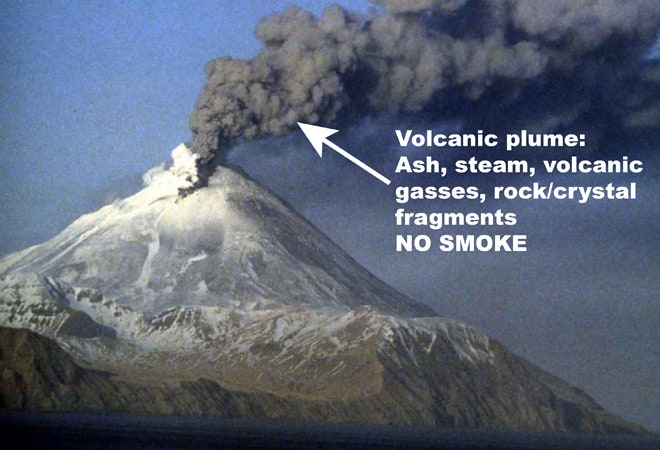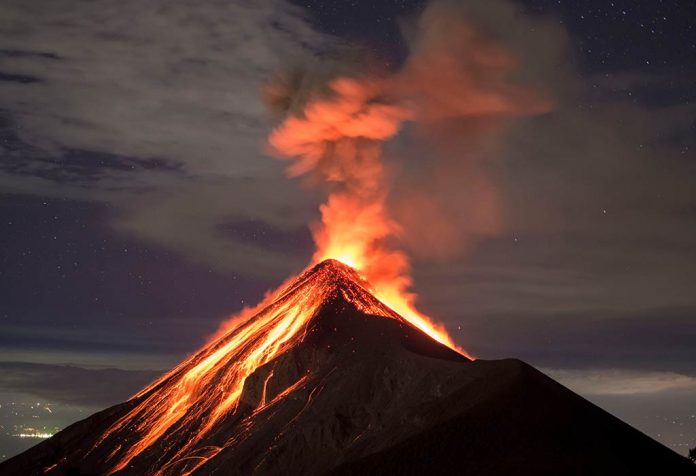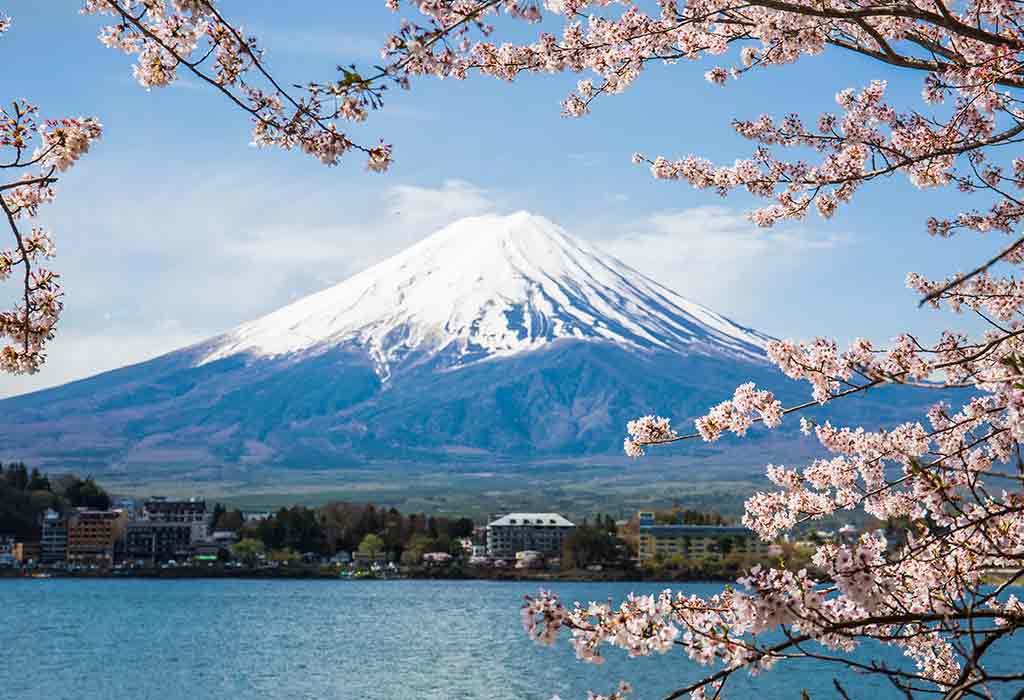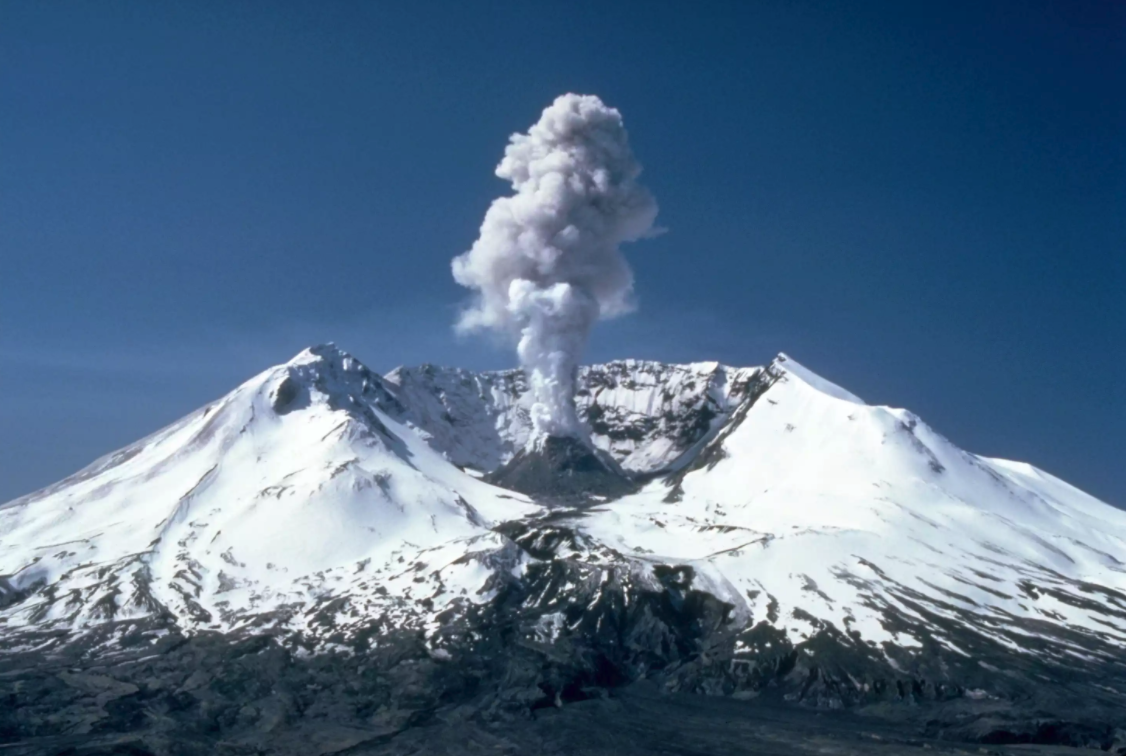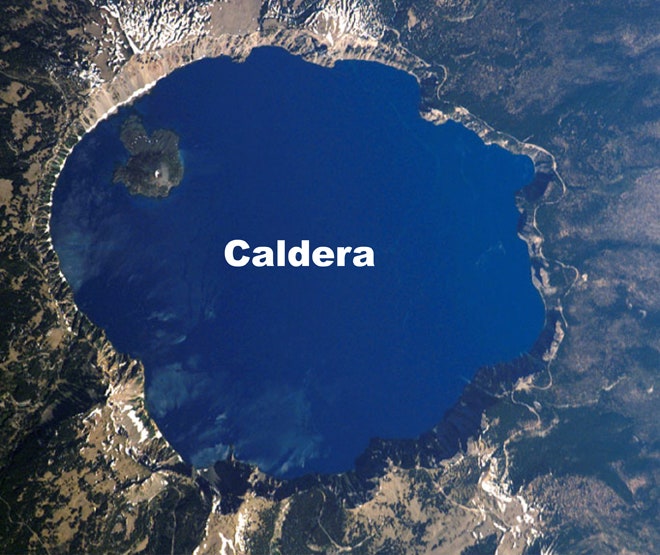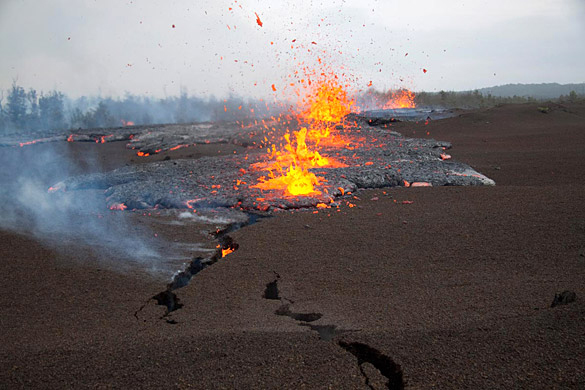Study Guide: Fire and the Earth
Main Ideas
- Volcanoes have existed for a long time on Earth. They also exist on many other worlds.
- Researchers are trying to learn how to predict volcanic eruptions. They do this by analyzing geological clues such as the patterns in crystals and volcanic gases.
- At the edges of tectonic plates, lighter rocks can be forced up through cracks and fissures in the Earth’s crust.
- Depending on the kind of volcano, and the pressure it is under, the magma can violently explode into the atmosphere or flow quietly. Once the magma erupts to the surface, we call it lava.
- The volcanic plume (sometimes also called the “eruptive plume”) contains magma, rock, ash, and gasses—no smoke.
- One of the main components of a volcanic plume is silica, one of the most abundant minerals on Earth.
- Cinder cone volcanoes are the most common type of volcano.
- Stratovolcanoes are built of layers of alternating lava flow, ash and blocks of unmelted stone. They are larger than cinder
- Shield volcanoes are huge, gently sloping mountains built out of very thin lava that spreads in all directions from a central
- Lava domes are built up when the lava is too thick to flow.
- A caldera is a bowl-shaped depression formed when a volcano collapses into the void left when its magma chamber is emptied.
Volcanoes
Volcanoes exist on other worlds too. The volcanoes of the Moon and Mars have long been dormant (silent), but thee are still active on Jupiter’s moon Io.
Researchers are trying to learn how to predict volcanic eruptions. They do this by analyzing geological clues such as the patterns in crystals and volcanic gases.
Earth’s crust is 3 to 37 miles (5 to 60 kilometers) thick. It is broken into seven major and 152 smaller pieces called tectonic plates. These plates float on a layer of magma—a hot mixture of semi-liquid rock and dissolved gases. At the edges of these plates, the lighter rocks can be forced up through cracks and fissures in the Earth’s crust.
Depending on the kind of volcano, and the pressure it is under, the magma can violently explode into the atmosphere or flow quietly. Once the magma erupts to the surface, we call it lava.
Volcanic Plume
It’s important to understand that volcanoes do not produce smoke. The volcanic plume (sometimes also called the “eruptive plume”) contains magma, rock, ash, and gasses—no smoke. One of the main components of a volcanic plume is silica, one of the most abundant minerals on Earth. Beach sand is mostly silica.
Types of Volcanoes
Cinder Cones
Cinder cone volcanoes are the most common type of volcano. They are symmetrical cone-shaped mountains. They form when airborne fragments of lava, called tephra, are ejected from a vent. The lava cools rapidly in the air and falls to the ground as cinders that build up around the vent. They have craters at the summit. Cinder cone volcanoes are usually small and very steep. Hiking up a cinder cone volcano is hard work! Running back down feels almost like flying.
Stratovolcanoes
Stratovolcanoes are built of layers of alternating lava flow, ash and blocks of unmelted stone. They are larger than cinder cones.
Stratovolcanoes are the most violent and dangerous types of volcanos. Pressure builds in a magma chamber. When the magma and hot gasses find a path to the surface the volcano explodes, like soda spewing out of a can that was shaken.
Mt. Fuji reminds me of one of my favorite Koans by Basho, a great poet of Japan.
Slowly, slowly climbs the snail
Up the slope of Mt Fuji
Mount St. Helens
Mount St. Helens, in Washington State, is a stratovolcano that erupted on May 18, 1980. Approximately 230 square miles (596 square kilometers) of forest was completely obliterated and 57 people were killed. Over the course of the day, winds blew 520 million tons of ash eastward across the United States and caused complete darkness in Spokane, Washington, 250 miles (402 kilometers) from the volcano.
Minute by Minute: The Eruption of Mount St. Helens (45:41)
Shield Volcanos
Shield volcanoes are huge, gently sloping mountains built out of very thin lava that spreads in all directions from a central vent. The gentle convex slopes give them an outline like a medieval knight’s shield.
Eruptions of these volcanoes are not usually explosive. They look more like hot liquid overflowing the edges of a container. The world’s largest volcano, Mauna Loa in Hawaii, is a shield volcano. Mauna Loa is about 55,770 feet (17,000 meters) from its base beneath the ocean to the summit, which is 13,681 feet (4,170 meters) above sea level. It is also one of the Earth’s most active volcanoes.
Lava Domes
Lava domes are built up when the lava is too thick to flow. A bubble or plug of cooling rock forms into a dome over a fissure. Mount St. Helens has several lava domes inside the crater.
Calderas
A caldera is a bowl-shaped depression formed when a volcano collapses into the void left when its magma chamber is emptied. They are often found at the summit of shield volcanoes, such as the craters at the tops of Mauna Loa and Kilauea.
Resurgent calderas are the largest volcanic structures on Earth. They are the result of catastrophic eruptions that dwarf any eruptions recorded by human beings. Yellowstone Caldera, sometimes called a “super volcano,” is an important example.
Volcanic plugs
When magma solidifies in the fissure of a volcano the hard dense rock can form a plug that prevents the volcano from exploding. This then increases the pressure below, resulting in massive explosions.
As volcanos are warn away by erosion over the centuries, a plug can remain as a “neck” that remains standing as the softer surrounding rock erodes away. This can result in beautiful landmarks, such as Ship Rock in New Mexico, and Devil’s Tower in Wyoming.
Tuff Cones
Tuff cones are shallow, flat craters that scientists think formed as a result of a violent expansion of hot magma and gasses. They are often filled with water and form natural lakes. There are many in the western United States and the Eifel region of Germany.
Lava Plateaus
Shield volcanoes may erupt along lines of fissures rather than from a single vent. When this happens, they can spill liquid lava in layers, one on top of the next. Over time, these layers build up to create wide, flat plateaus, such as the Columbia Plateau These plateaus are then cut by rivers to create deep canyons that expose the layers of rock. Studying these layers, helps geologist understand what the Earth was like long ago.



